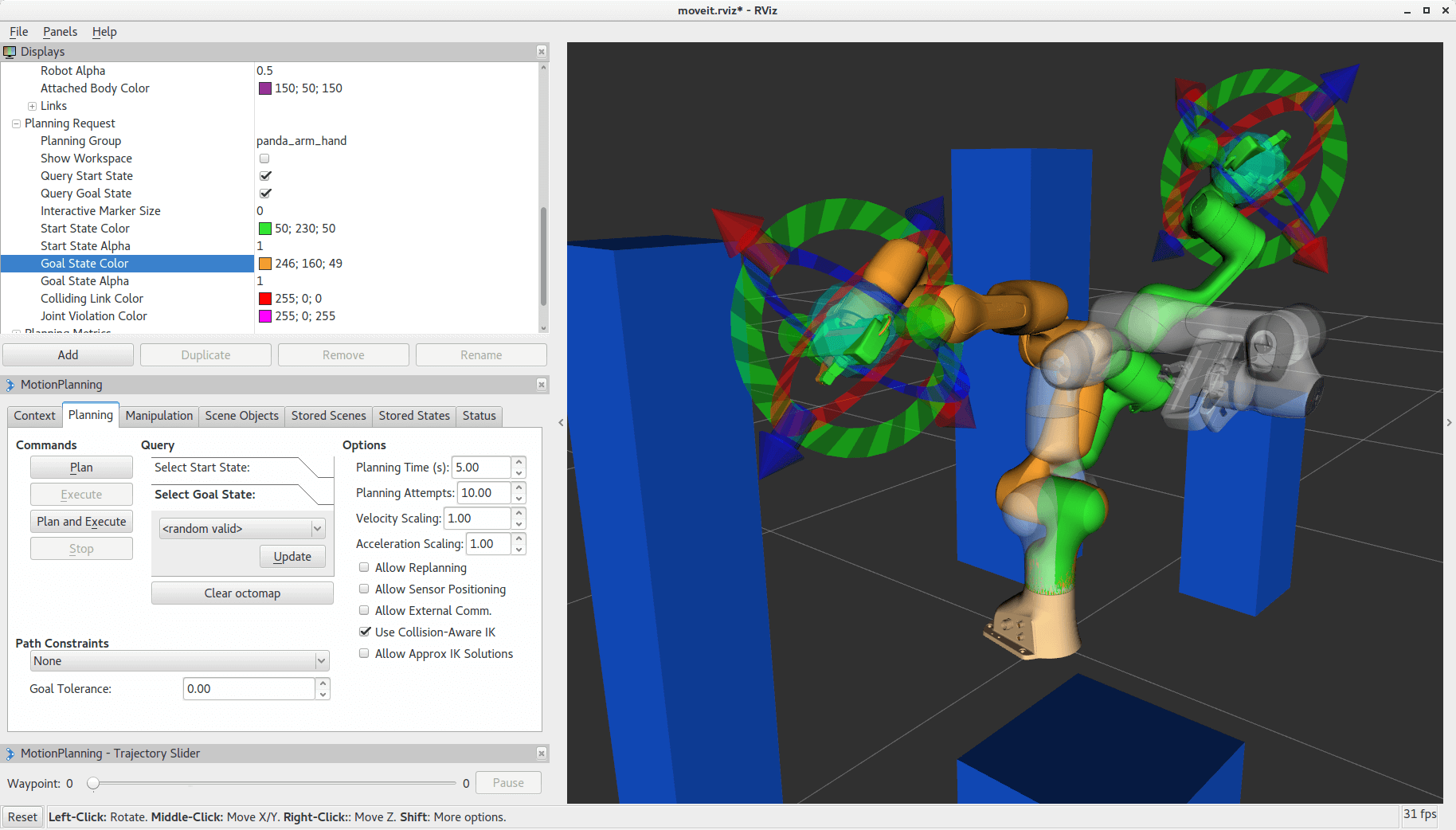Autonomous and semi-autonomous trucks promise to help an industry facing a shortage of drivers and increasing e-commerce demand, but they need to demonstrate efficiency for logistics adoption. Einride AB, which has been developing electric and autonomous trucks, today launched its Intelligent Freight Mobility Platform. The system is intended to help logistics fleet managers and drivers plan routes and loads, track shipments, and monitor energy efficiency.
In February, Einride began recruiting the first remote operators for its trucks. The Stockholm-based startup also announced the beta of the Intelligent Freight Mobility Platform. In April, Einride demonstrated remote control of multiple vehicles at once.
The global market for semi-autonomous trucks will grow from 948,000 units to 3.2 million units by 2025, predicted Research and Markets. “Autonomous last-mile delivery trucks can help companies save 40% of the total cost,” and the COVID-19 pandemic is accelerating development of such technologies, said the Dublin-based firm. It also said that North America will be the largest market for autonomous trucks and Asia-Pacific will be the fastest-growing market.
Apps offer live insights for maximum efficiency
Einride said its Intelligent Freight Mobility Platform is designed to provide real-time data on loads, location data, energy usage, emissions, and more. It can provide shippers with daily freight planning through a dedicated app, intelligent routing for transport networks, and data for environmental impact auditing.
“The benefits are clear: Electric road-freight solutions account for over 90% fewer CO2 emissions and other harmful airborne pollutants, while autonomous transport is safer, more efficient, and more cost-effective,” stated Robert Falck, founder and CEO of Einride. “However, autonomous electric transport will not reach its full potential without intelligent planning and optimized vehicle networks. Our platform sets the foundation upon which the freight solutions of the future are built.”
The platform can provide specific recommendations on how to improve cost-effectiveness and sustainability with electric vehicles, according to Einride. It uses machine learning to offer implementation insights, such as how to best use existing charging infrastructure or plan new stations. The system can also make recommendations for how to optimize charging, loading, and driving schedules for maximum efficiency, said Einride.
In addition, the Intelligent Freight Mobility Platform includes an app to give drivers and operators route updates; emissions and efficiency data; and vehicle information such as charge level, range, and battery status.
“Without intelligent planning, electric and autonomous vehicles will be a patchwork solution,” said Falck. “The transport networks of the future cannot reach maximum cost and energy efficiency without recommendations on where electrification and automation will make the most impact, and how exactly to get there. That’s what our platform does for every shipment in your network.”

The Intelligent Freight Mobility Platform includes a portal to deliver live insights to fleet managers. Source: Einride
Intelligent Freight Mobility Platform works with all vehicles
The Intelligent Freight Mobility Platform can work with existing trucks, but it is optimized to work with electric and autonomous vehicles, noted Einride.
“While the platform is optimized to work with electric and autonomous vehicles outfitted with Einride-specified telematics, it is able to track, gather, and report data on any type of vehicle — diesel, electric, and/or autonomous,” a company spokeswoman told The Robot Report. “So while users will get more insights and more accurate recommendations from Einride-sourced vehicles, any future autonomous vehicle should be able to interface with our system.”
The company said trucks incorporating its system will be available from certain manufacturers, and customers such as logistics providers Lidl and Oatly will be the first to use it in Sweden.
“We are pleased with the progress our Pod has made in testing at customer sites such as with DB Schenker, and we are continuing to expand both its autonomous and remote-drive capabilities at our test sites in southern Sweden,” said the spokeswoman. “Later this year, we will have more news about our plans for the Pod.”
The post Intelligent Freight Mobility Platform designed to manage efficiency of Einride autonomous trucks appeared first on The Robot Report.




 Dave Coleman completed his PhD in Computer Science at CU Boulder focusing on motion planning and his B.S. at Geogia Tech in Mechanical Engineering. Coleman has 12 years experience working in the field of robotics automation and is a leader in the open source MoveIt and ROS communities. His insights into robot-agnostic platforms for different morphologies, theoretical approaches, and different end-user requirements give him a well-rounded understanding for powerful robotic software. He has worked and consulted for all types of robotics companies including Google Robotics, Open Robotics, and Willow Garage.
Dave Coleman completed his PhD in Computer Science at CU Boulder focusing on motion planning and his B.S. at Geogia Tech in Mechanical Engineering. Coleman has 12 years experience working in the field of robotics automation and is a leader in the open source MoveIt and ROS communities. His insights into robot-agnostic platforms for different morphologies, theoretical approaches, and different end-user requirements give him a well-rounded understanding for powerful robotic software. He has worked and consulted for all types of robotics companies including Google Robotics, Open Robotics, and Willow Garage.